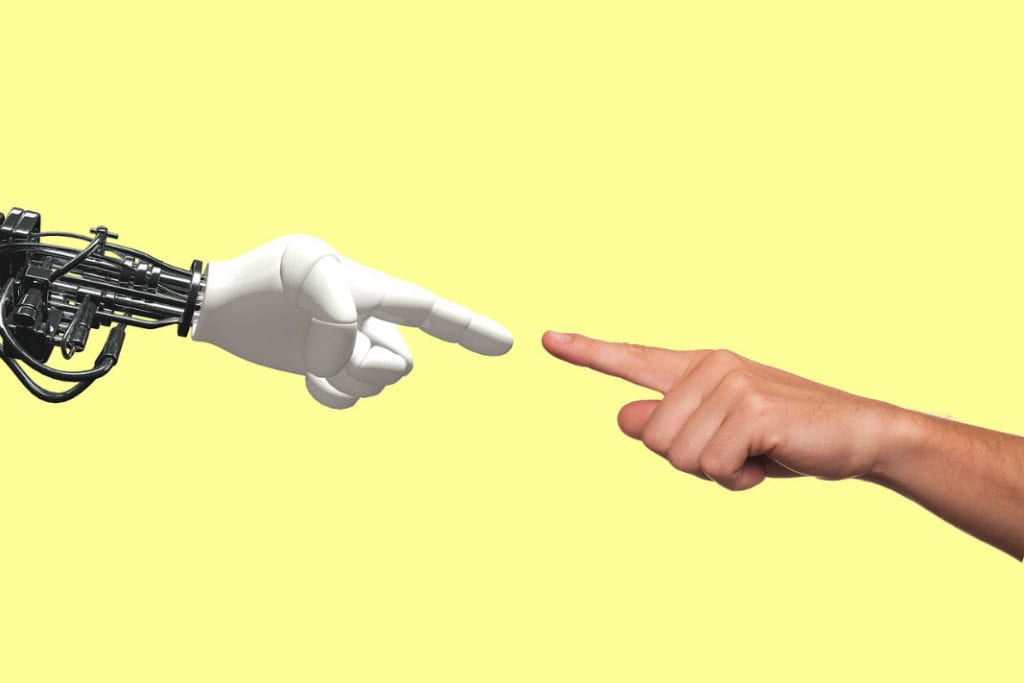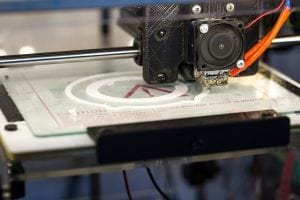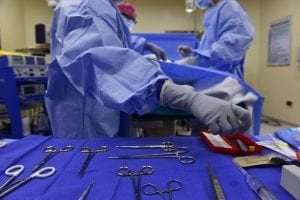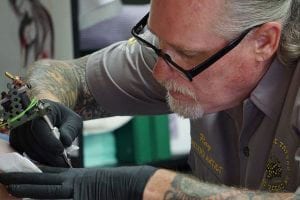According to a press release from the Children’s National Health System (a children’s hospital in Washington, D.C.), two scientists from the Institution have been selected to receive federal funding grants for projects that will emphasize novel computer programs and high technology to create better tools that help us diagnose and treat rare diseases.
Dr. Antonio Porras
Dr. Porras, a staff researcher at the children’s hospital, was selected to receive the Pathway to Independence Award. Also called the K99/R00 grant, the Pathway to Independence Award is designed to encourage doctors finishing postdoctoral or residency periods to transition from “mentored positions” to independent, equivalent faculty positions. Think of it as a “future researchers of America” grant — but for people who already do research.
The award is distributed by the National Institutes of Health (NIH), one of the world’s premier medical research organizations and the largest public funder of biomedical research in the world. The grant will be used to fund five years of Porras’ research, which he plans to spend investigating craniosynostosis to improve patient outcomes.
Porras intends to create two complex models that simulate bone growth. By doing so, he might be able to help researchers project healthy cranial growth rates. Craniosynostosis can be treated, but no diagnostic tools exist to help physicians predict the rate at which bones will grow and fuse.
Dr. Marius George Linguraru
Dr. Linguraru, a senior researcher at Children’s National Health System, was selected to receive the Congressionally Directed Medical Research Program (CDMRP) grant.
The CDMRP grant, which comes through the Department of Defense, is part of the larger Neurofibromatosis Research Program. The Neurofibromatosis Research Program seeks to “plug gaps” in medical technology advancement by funding high risk, high reward projects for conditions in desperate need of treatments.
With his grant, Linguraru plans to develop an MRI-analysis application that can analyze brain scans. By feeding his application MRIs from children with neurofibromatosis type 1 and and optic pathway glioma, Linguraru hopes to teach the app how to accurately predict and identify which scans belong to individuals at risk of losing their eyesight.
High Tech Solutions Make Tomorrow’s Medicine Easier
Diagnostic assistance tools, like the ones being developed by Porras and Linguraru, have existed in various forms for some time now.
Although physicians will never be outright replaced by computer projections and artificial intelligence, certain elements of their jobs almost certainly will be. Software is an amazing tool, and the high-tech creations coming out of Silicon Valley today are flowing into hospitals like Children’s National Health System tomorrow. Innovators like Drs. Porras and Linguraru are bridging the gap between science fiction and your local clinic.
Why is it important to provide public funding of biomedical research? Share your thoughts with Patient Worthy!






